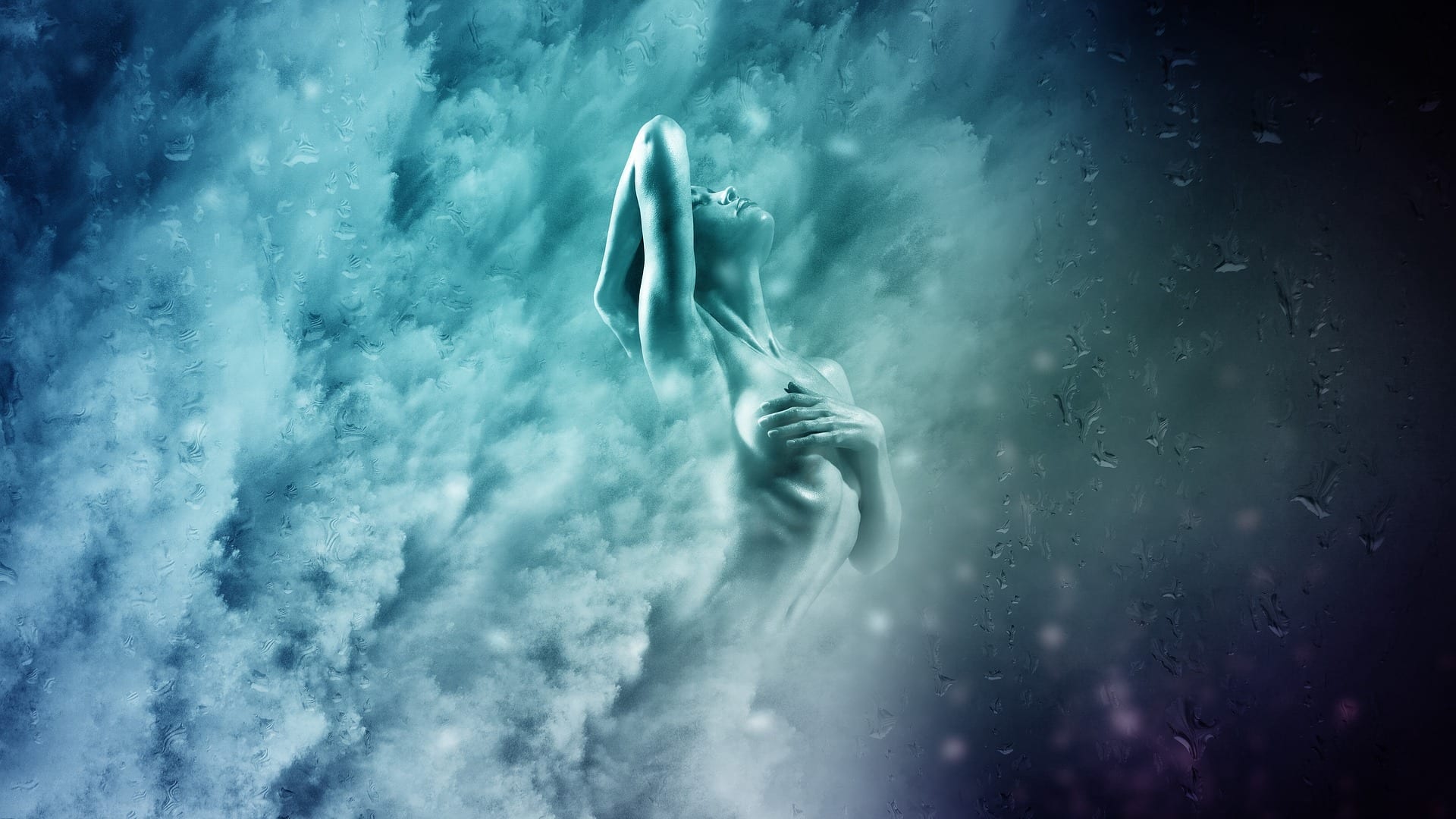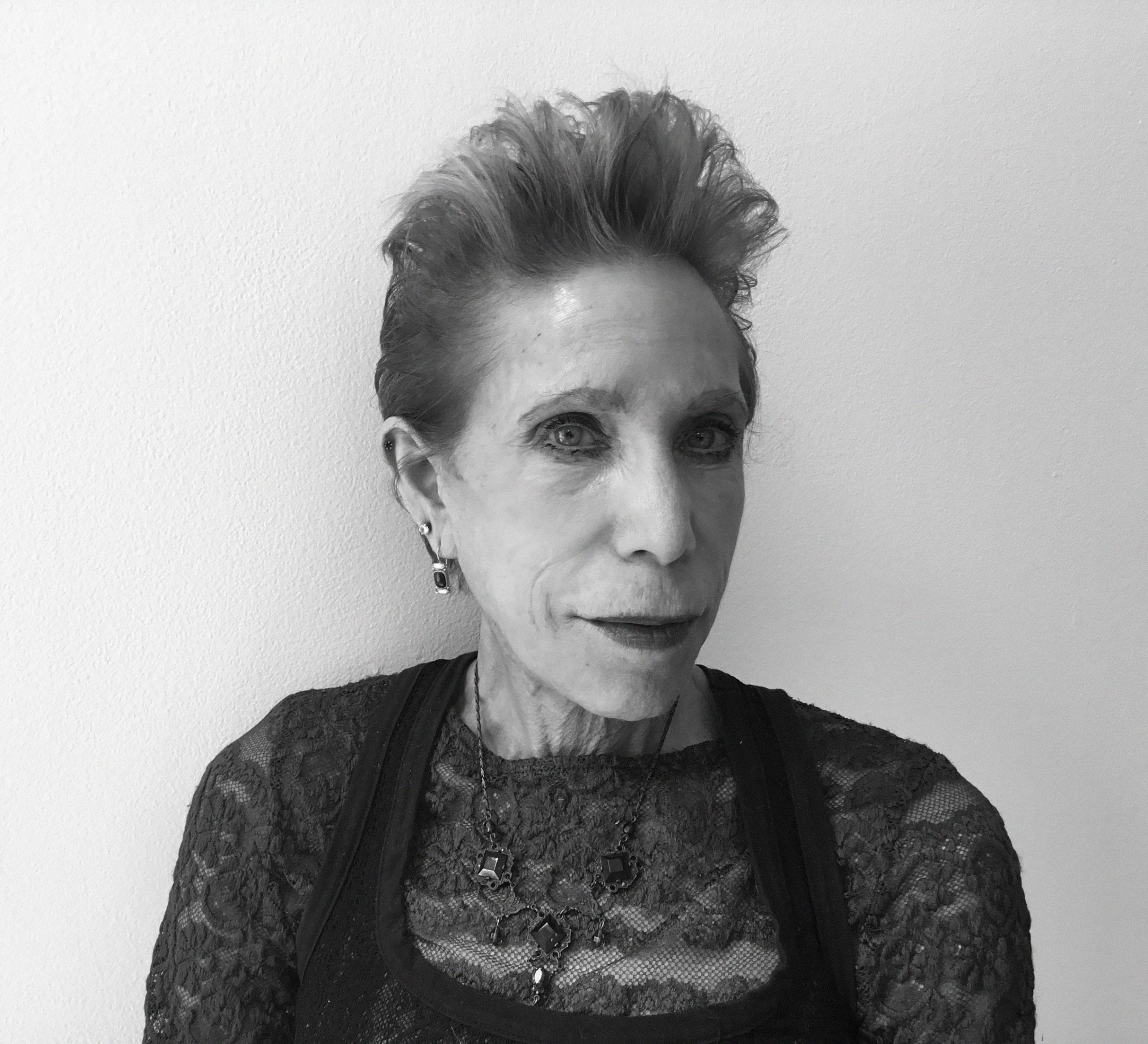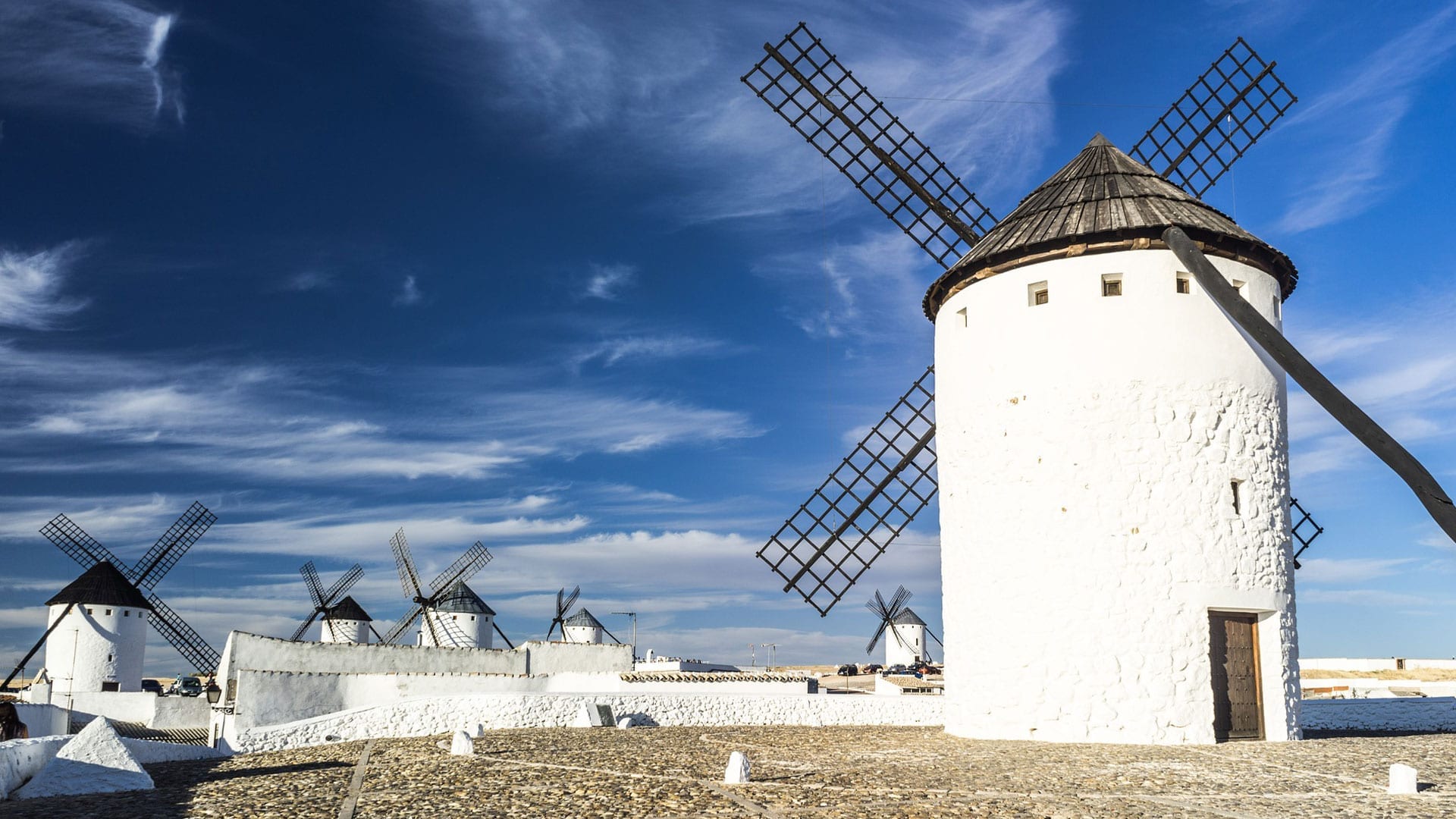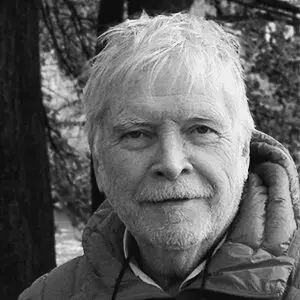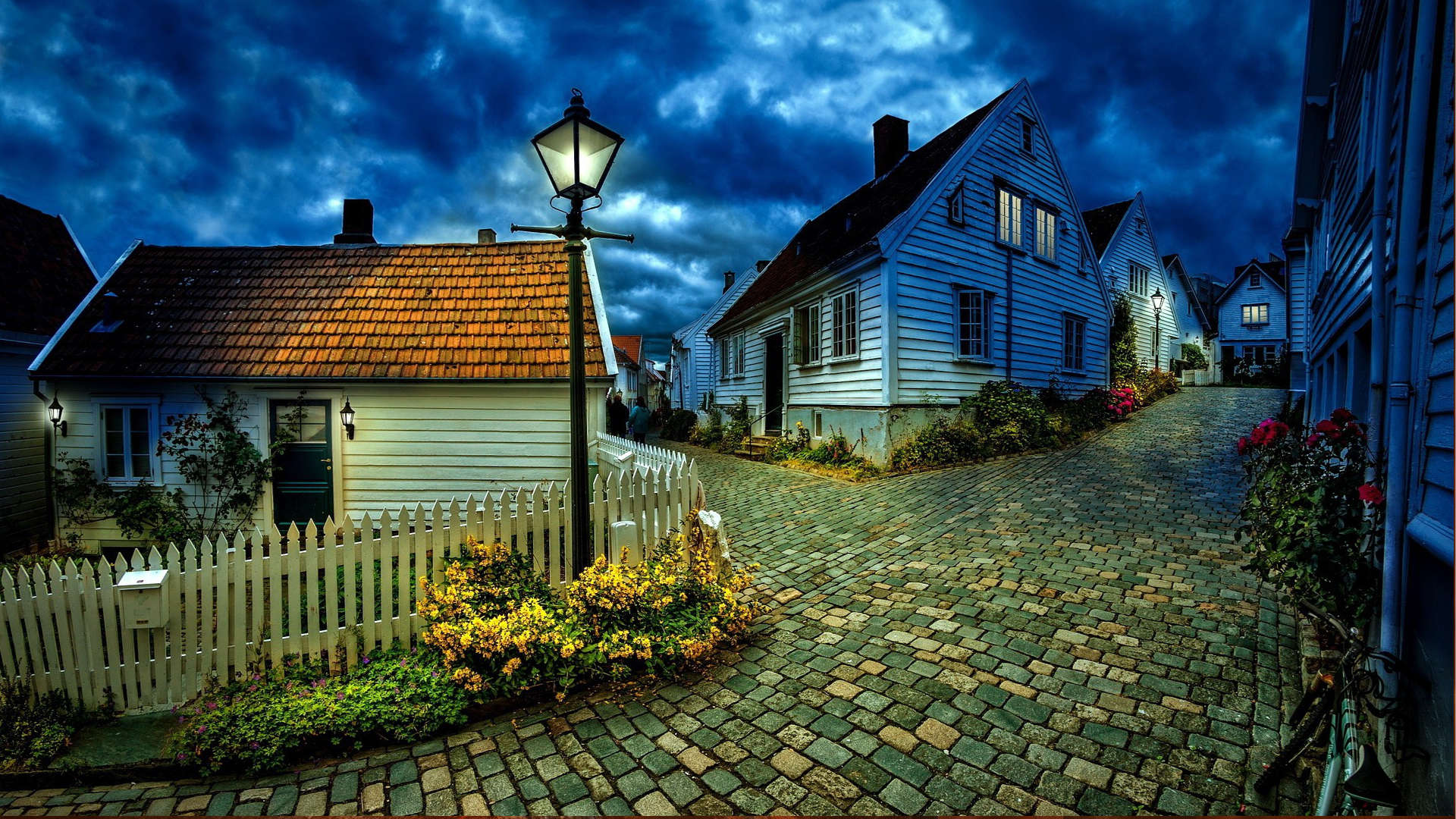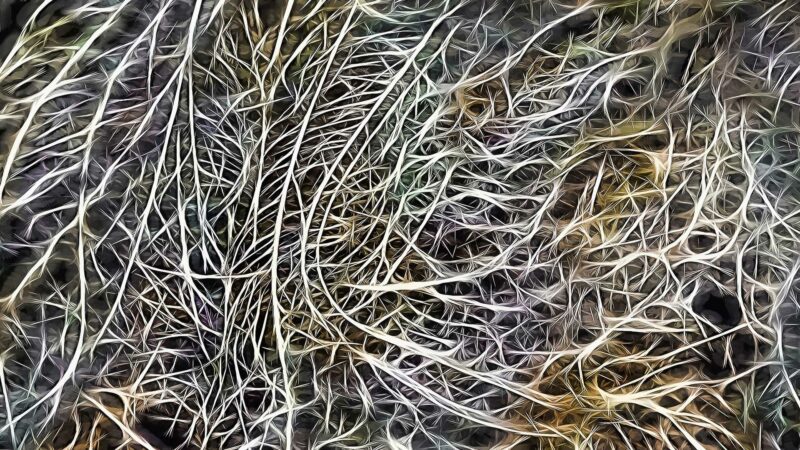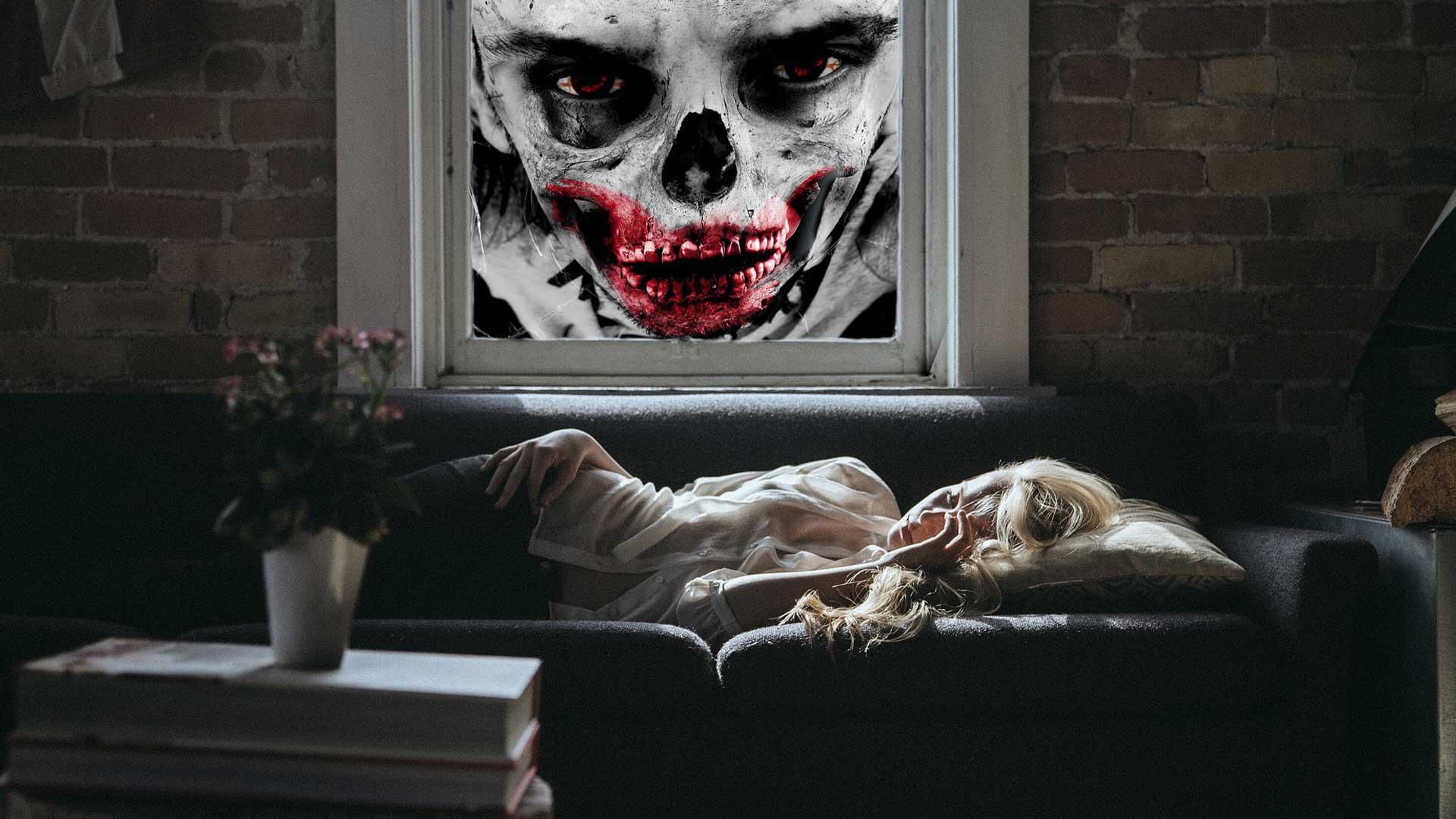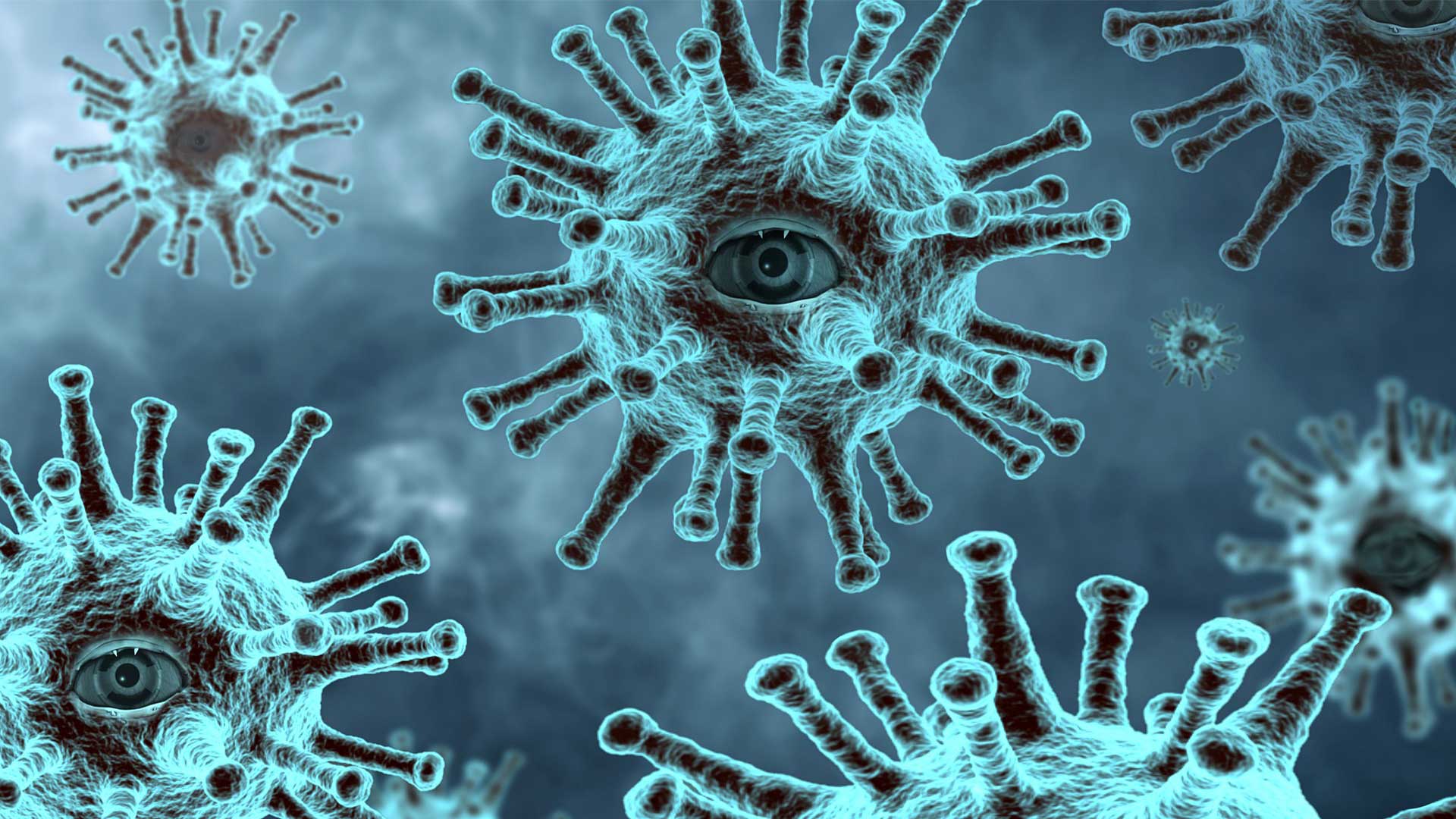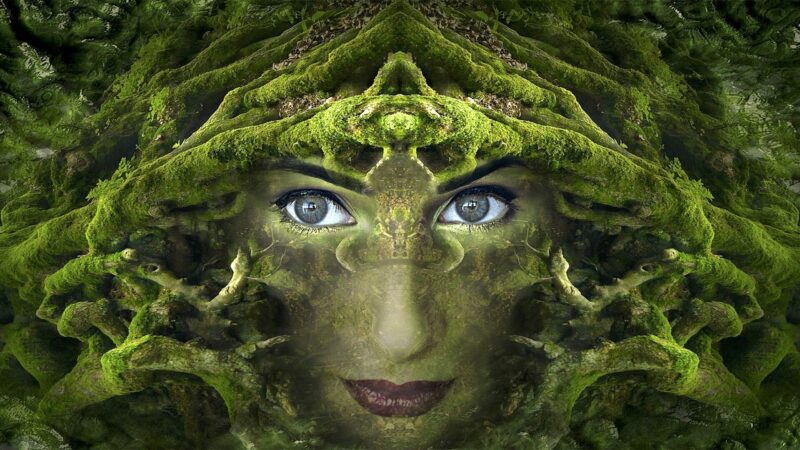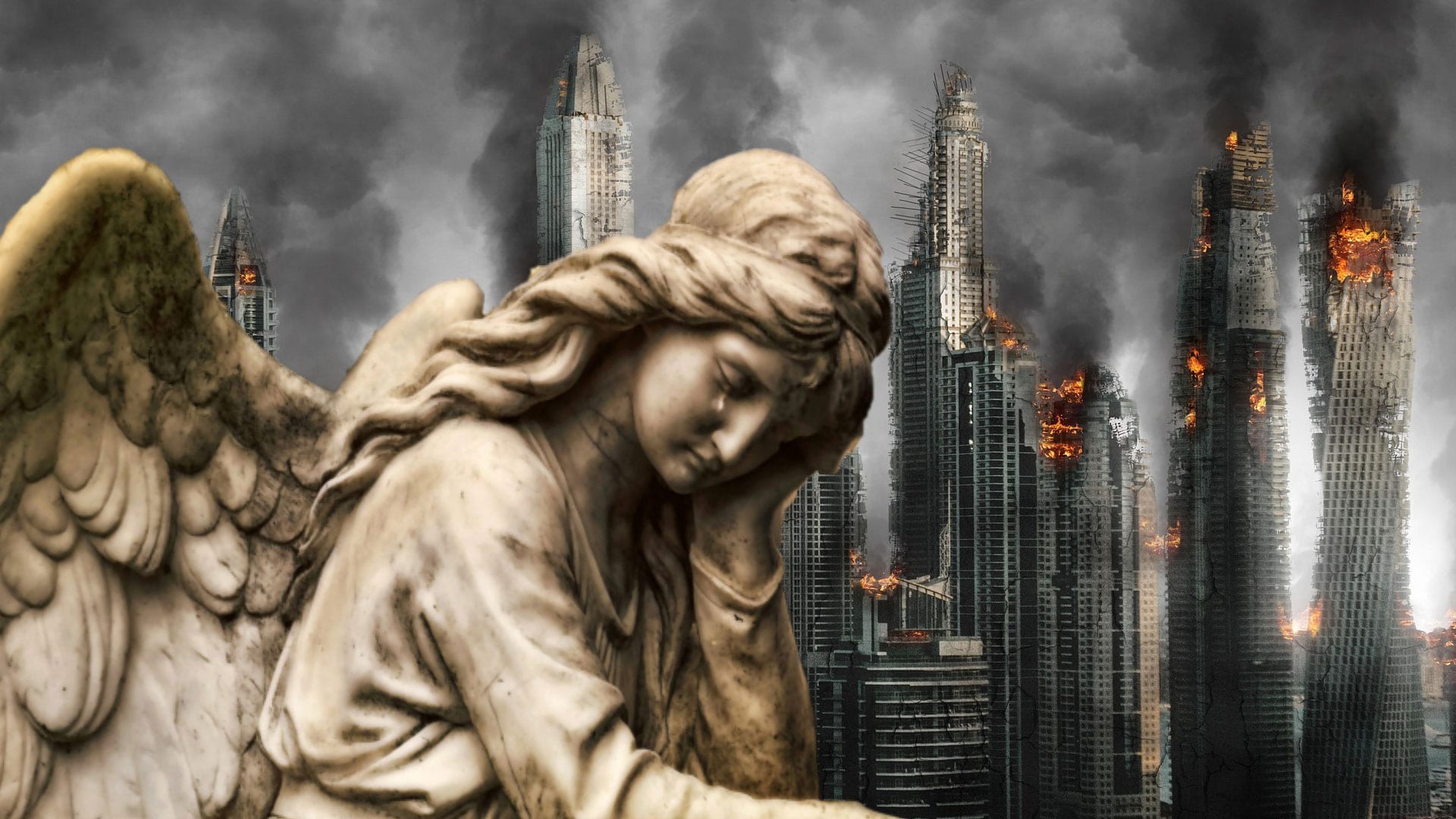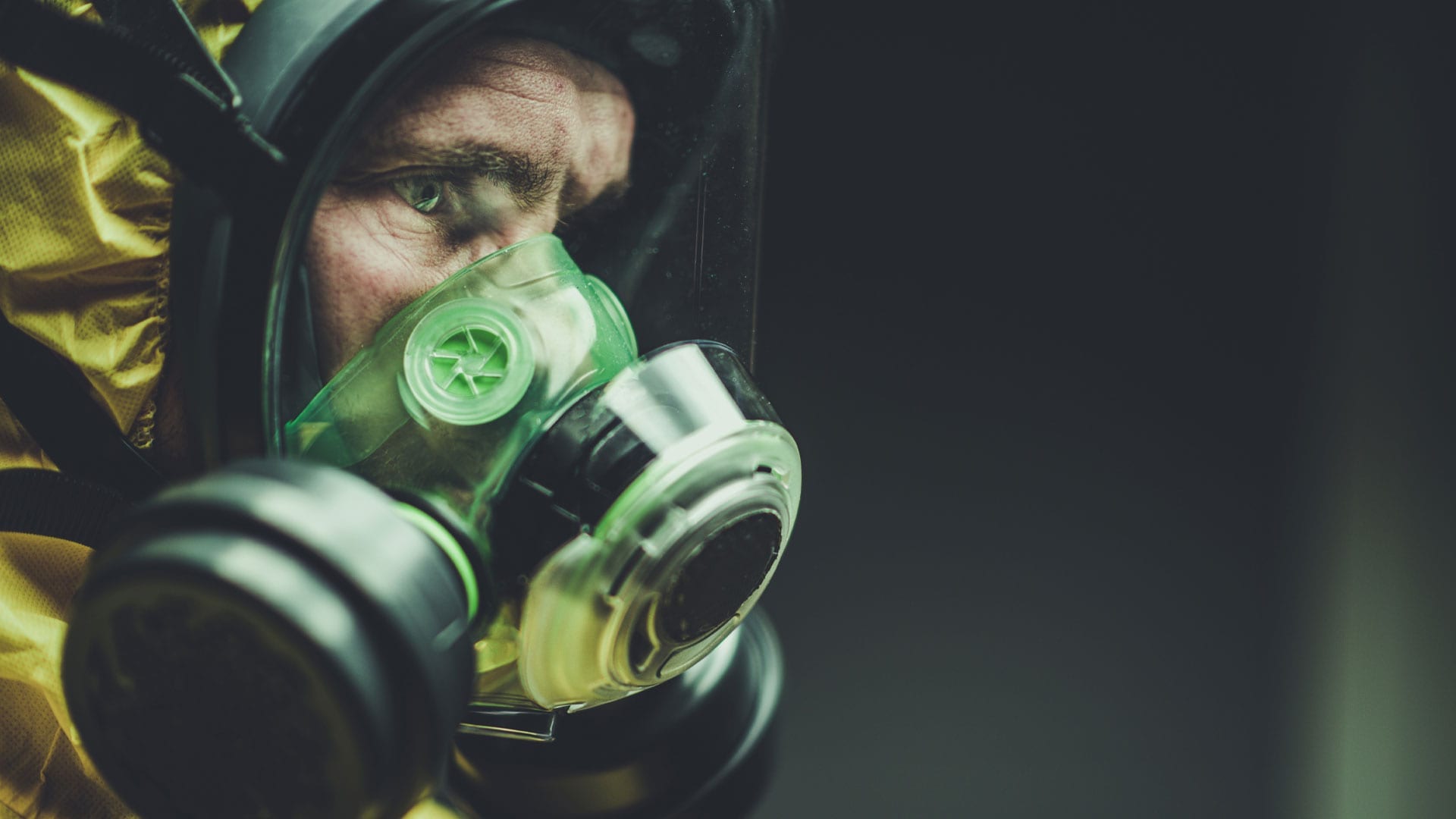Decode Your Sexual Dreams to Improve Your Relationship
Sexual dreams can teach us a lot about our current relationship – and help us to change it for the better. Dream interpretation in the sense of “one dream image has one meaning for everyone” is a misleading way of looking at dreams. In fact, the only person who can really know for sure what his/her dream means is the dreamer.
Father Images that Live Inside Us
A woman dreamt she was to take care of her father. The meaning of this dream depends on the dreamer and can mean many things about the relationship with her father. Why is she to take care of him? What is the dreamer’s desire, and what are the implied wounds? Jung said, “The father is decisive in the destiny of the individual .”This quote reminds us of the value of a loving father for a daughter’s growth.
Homecoming in the Time of Crisis
In workshops on the grieving process over the years, I have witnessed how grief work opens one to wonder, enables one to be surprised by the unexpected and unnoticed miracles in the mundane, the extraordinary that is nestled in the folds of the ordinary, like the play of light and shadows revealing the hidden dimensions of a landscape that one has perhaps passed by so often and without notice, or the beauty of the rose that softens sorrow.
Homesickness in the Time of COVID-19
Home! What images does this word conjure up in all of us? What memories, desires, hopes and feelings arise from the depths of the soul with the very speaking of the word? Home is at the heart of these blogs because each in its own way has considered how Covid-19 is awakening this archetypal image, which is perhaps the first, oldest and deepest root of our ties to the world and which sets the rhythms of our existence as a journey between birth and death.
The Wisdom of the Virus
How could we even consider the possibility of any connection between wisdom and virus? Framed as a question, the theme of this blog is intentionally a challenge, which is designed to make us pause. Virus belongs to the lowest possibility of life on the planet, a protein bundle on the very boundary between living and non-living entities. Wisdom belongs to the highest capacity of human reason.
What is a Monster?
Mary Shelley’s story of Victor Frankenstein retells the Christian story of creation in which Victor Frankenstein is the new creator god who would make use of the powers of science and technology available in his time to create a new race of beings who would never know the stain of death. In her story, the creature that Victor creates abandons, and then would destroy, haunts his maker from the margins where his side of the story waits to be told.
Who is the Monster?
In Mary Shelley’s story, Victor Frankenstein and the ‘Monster’ personify two opposite attitudes toward the natural world. Frankenstein intentionally cuts himself off from the natural order and rhythms of nature, eschewing the beauty of the changing seasons, refusing to be distracted from his work to reanimate dead matter. In his obsession, he adopts a purely utilitarian attitude toward the natural world.
Mindfulness By Day, Lucidity By Night
Today, there’s a lot of buzz about mindfulness, which is wonderful. But we often neglect our sleep and dreams. Imagine how much more your life could transform if you brought mindfulness into the third of your life that you spend asleep! Our dreams are like a movie reel of our own deep unconscious imagery.
A Myth for the Pandemic Age
In the myth, Prometheus, whose name means forethought or foresight, is the creator of humankind but dissatisfied with the lot imposed upon them by the gods, he steals fire from the gods and gives it to mortal beings. Angered by this action, the gods take their revenge through Epimetheus, whose name means afterthought or hindsight.
The Need for Myth in Our Time of Need
Without a mythic context as a backdrop for our lives, we are all too easily swept up in the current of the times. This dynamic applies not only to one’s personal life, but also to the collective lives of all of us. Myths are the larger stories that provide context and as such can often have therapeutic value in times of need.
COVID-19: A Threshold between Endings and Beginnings
How are we framing this pandemic? Some compare it to a war, or more specifically to WWII. Some use as their measure the seasonal flu or the 1918 Spanish flu. Such comparisons, however, carry with them not only the belief this crisis will pass as did the others, but they also engender the idea that we will be able to carry on as usual once the crisis has passed.
COVID-19: Our Frankenstein Monster?
Mary Shelley’s story of Frankenstein is a psychological primer on how we make monsters. The interaction between Victor Frankenstein and the creature he makes enact this drama. Like a mirror, the monster reflects Victor’s horror of his dream to be a new god who would erase death from life.
